

Did you know that [Noh], a traditional Japanese performing art, is said to be “the oldest theater in the world”?
In fact, Noh has a history of about 650 years or more.
In this issue, we will delve deeper into the history of Noh.
Whether you want to prepare something uniquely Japanese for entertaining foreigners or offer something interesting in conversation with people from overseas, we encourage you to check out the history of Noh.
How long has Noh been around? Is it derived from Chinese performing arts?
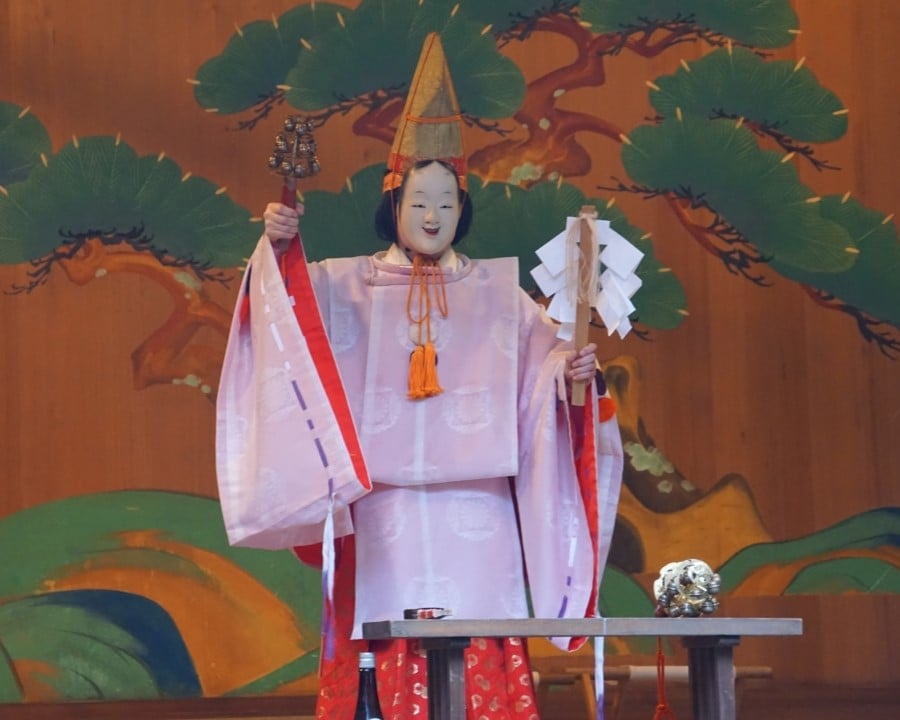
Now let us look at the beginning of Noh.
What is Noh?
First of all, what kind of performing art is Noh?
Noh is a traditional art form that has been handed down in Japan for more than 650 years.
Because of this long history, it is also called “the oldest theater in the world.
Noh has a history of more than 200 years longer than the famous Shakespearean plays that represent classical theater.
Noh, a form of theater with a long history even from a global perspective, is a song-and-dance drama performed with singing and lines accompanied by the playing of musical instruments, and the actors wear masks called “Noh masks.
Many people may first think of actors wearing Noh masks when they hear the word “Noh.
Because they wear Noh masks, they do not perform with facial expressions but with stylized movements to express their emotions.
The “Sangaku” of the source spread in the Nara Period.
The origin of Noh, a song-and-dance drama, is said to be “sangaku,” which was introduced from China during the Nara period (710-794).
Sangaku is a performing art that includes elements of “Sangaku” (meaning “scatter” in Japanese) and “Gaku” (meaning “music” with instruments), and also includes acrobatics, magic, and puppet shows.
This sangaku spread widely, including among the common people.
Moved to the main style of singing and dancing in the Heian period (794-1192)
Sangaku evolved into sarugaku in the Heian period (794-1185).
Sarugaku is a performing art that includes impersonations and skits, and many “sarugakuza,” groups that perform sarugaku, have emerged.
As sarugaku developed further, “masks” came to be used, and a form of “Noh” was created that combined song and dance.
The following backgrounds led to the creation of the performing art of using masks.
Sarugaku became popular at shrine festivals and at New Year’s celebrations (shoho-kai and shuni-kai) at large temples in Kyoto and Nara. This change in the environment provided an opportunity for sarugaku to develop in a new way. Influenced by the ritual of Tsuina at the temple pujas, a completely new type of masked performance art was born, dramatizing the theme of “Fortune is within, demons are without”.
(Cited from: History of Noh (nohgaku.or.jp) )
In other words, through Tsuina, an event that is an advance of Setsubun, the art of masks came to be incorporated into Sarugaku.
It was Zeami, who came on the scene later, who established the Noh tradition that has continued to the present day.
Establishment of Noh by Zeami
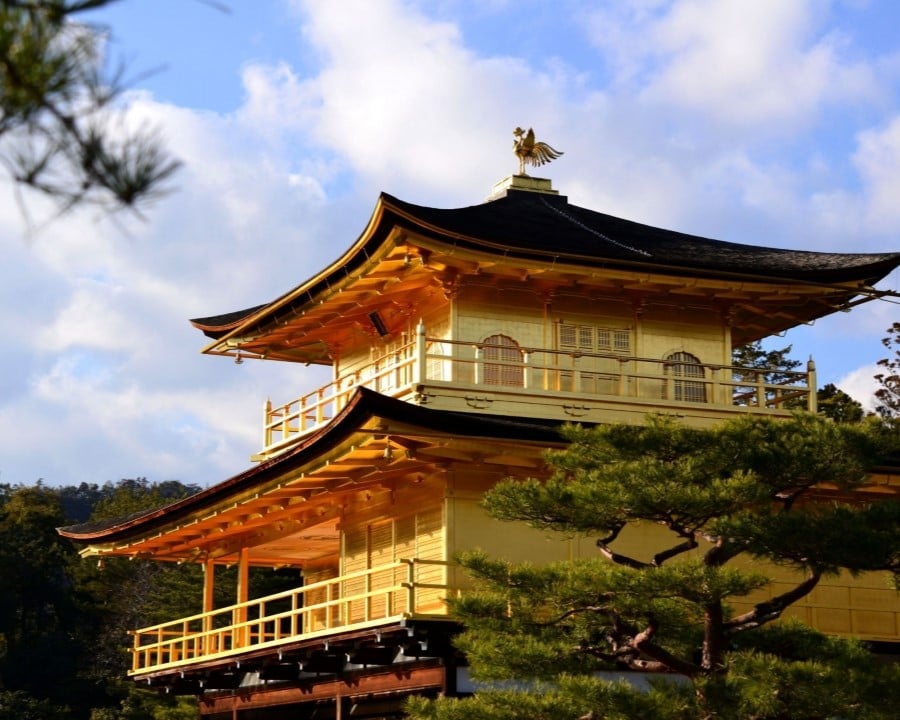
It was during the Muromachi period (1336-1573) that Noh, which continues to this day, was established.
It is said to have been established by a Noh actor named Zeami.
Let us now look at how Noh was established by Zeami and how it has been handed down.
Inherited from his father, Kan’ami, and became a great master of Noh
Zeami’s father, who established Noh, was a Noh actor named Kan’ami.
His father, Kan’ami, was also a man who enhanced the artistry of Noh by incorporating the “kyokumai” style of dancing that was popular in the Middle Ages.
Zeami further refined and refined the Noh created by his father, resulting in the Noh that continues to this day.
Noh, which was largely developed by Zeami, is a traditional art form that has been handed down for more than 650 years.
Passed on by nephews and son-in-laws
Zeami’s Noh was continued by his nephew, On Ami, and his daughter-in-law, Konparu Zenchiku.
His nephew Otoami was known for his skillful acting, and his daughter-in-law, Kinshun Zenchiku, was said to have had a talent for creative writing.
However, the “Onin War (1467-1477),” which occurred shortly afterward, left the world in shambles, and people could no longer afford to enjoy entertainment.
This causes Noh to face an early crisis of decline.
What saved Noh at such times was the existence of the shogunate and samurai families, including numerous generals who left their mark on history.
Noh loved by generals
Noh was loved by the generals and escaped extinction by receiving their assistance.
Among the generals who supported Noh were such famous warlords as Nobunaga Oda, Hideyoshi Toyotomi, and Ieyasu Tokugawa.
Among them, Hideyoshi Toyotomi is known to have given land to Noh performers and to have danced Noh himself.
Noh, which had captivated famous warriors, became widespread as a performing art of the samurai class, and the place to watch Noh was considered a “social gathering place for warriors.
In this way, Noh continued to grow in popularity and was passed down through the Meiji period.
Noh from the Meiji Era to the Postwar Period|Decline and Revival
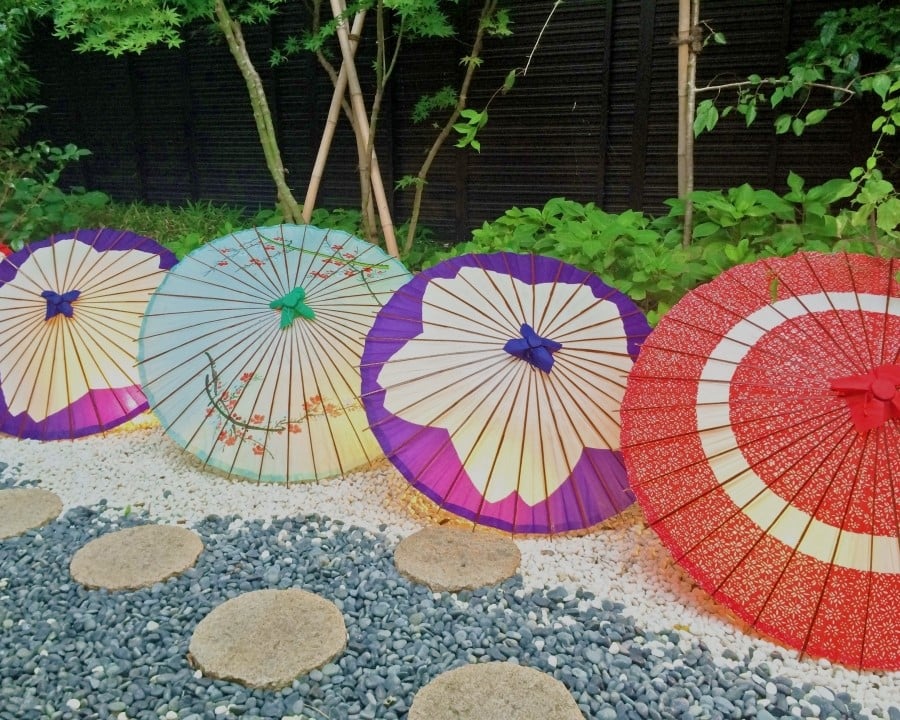
Noh developed with the support of the samurai families, but the winds began to change gradually during the Meiji period (1868-1912).
The Meiji Restoration abolished the bakuhan system, and the shoguns who had been their supporters were lost.
As a result, Noh once again faces the danger of decline.
Noh is protected by the imperial family and nobility
During the Meiji era, it was the imperial family and other aristocrats who saved Noh from the brink of decline.
This was due to the beginning of exchange with the West, and influenced by foreign policies of protection for the arts, the nobility reevaluated the importance of their own traditional performing arts.
At the time, many Noh performers were forced out of business due to the decline in Noh’s popularity, but with support from the nobility, they began to make strides toward recovery.
Changes also occurred in [the location of Noh performances] during this period.
With the advent of the indoor Noh stage called the Nohgakudo, Noh, which had previously been performed outdoors, became a mainstream indoor performance.
The style of Noh performed indoors is still the mainstream today, and it can be said that the modern style of Noh was created in the Meiji era.
On the verge of decline again after the war
Noh escaped decline thanks to the support of the nobility, but after the war it lost its supporters, too.
This was due to the abolition of the aristocratic “nobility” and “samurai” systems.
The war also destroyed many Noh stages.
Having lost its supporters and a place to perform, Noh faced another crisis of decline.
The Noh culture has been revived from this point and passed down to the present day thanks to the efforts of many people, including the Nohgaku Society.
Thus, even during the difficult postwar period, the Noh culture was successfully passed down to the present day.
What is modern Noh?
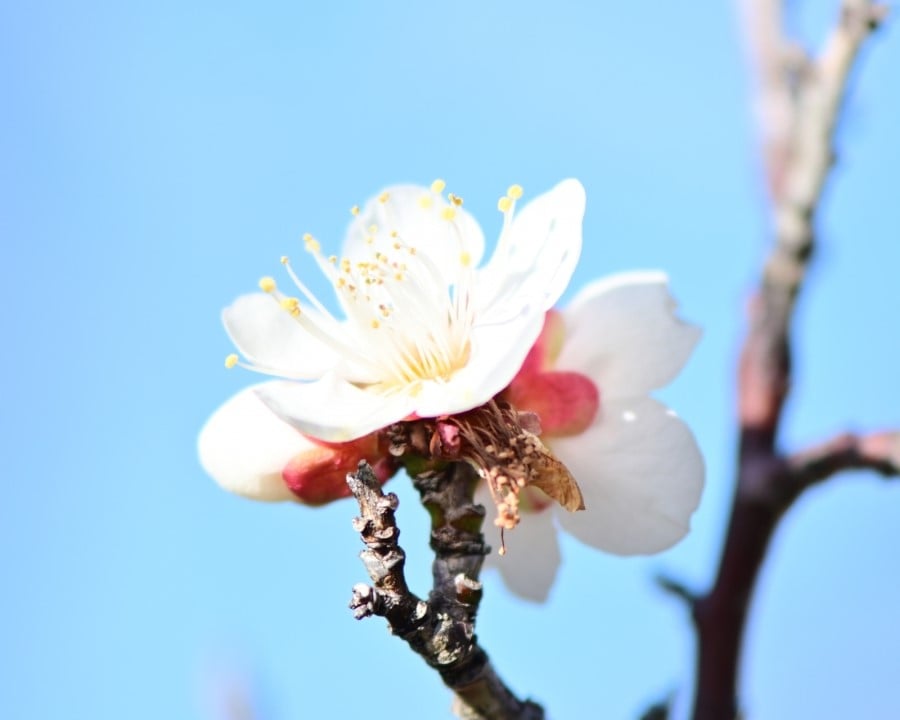
Although the Noh culture almost lost its momentum after World War II, the efforts of numerous people have borne fruit, and it has been handed down to the present day.
Let us now look at where Noh stands in the modern age.
Noh to become a World Intangible Cultural Heritage
In 2008, Noh was designated as a “World Intangible Cultural Heritage”.
This is a sign that Noh has been recognized worldwide as a place where people want to preserve and pass on this culture.
At the same time, the fact that Noh is registered as a World Intangible Cultural Heritage means that it is a traditional culture that may decline or disappear with the passage of time.
This is because the World Intangible Cultural Heritage is
Adopted by the UNESCO General Conference in 2003 to protect intangible cultural heritage in recognition of the threat posed by the decline and disappearance of intangible cultural heritage as a result of globalization and social transformation.”
(Reference: ” Intangible Cultural Heritage | Agency for Cultural Affairs bunka.go.jp “)
This is because it means that
In other words, Noh is not only a traditional Japanese performing art that we can be proud of to the world, but also one that we must consciously protect.
Performances are also held overseas, mainly in the West.
Recognized around the world for its traditional nature, Noh has been performed in the West and abroad.
Countries where they have performed include Italy, France, and the United States, and they have also performed at the “International Shakespeare Festival” in Denmark.
The International Shakespeare Festival is an event held at Kronborg Castle, the setting of Shakespeare’s play [Hamlet], and was praised as “innovative” by foreign audiences who saw Noh there.
The slow dialogue and music of Noh, the actors’ wearing of masks, and the mystique of Noh, which is different from modern theater, seem to have appealed to foreign audiences.
I think we can rediscover the artistry and splendor of Noh when it crosses language barriers and is appreciated in foreign countries with different cultures.
Noh] loved by generals, aristocrats, and the world.
![Noh] loved by generals, aristocrats, and the world.](https://www.motenas-japan.jp/wp-content/uploads/2024/05/1088547_m.jpg)
Noh is said to be the oldest play in the world.
We would like to protect this traditional art form, which has been recognized by foreign countries as a world heritage, and which we would like to pass on to future generations.
If you have become interested in Noh in the course of its history, you may want to see the play in person.
In addition, Motenas Japan can tailor-make traditional cultural experiences for people from overseas.
If you would like to prepare a special Japanese cultural experience for entertaining foreign guests, please contact Motenas Japan.
▼ Related Articles
Noh Experience for Foreigners! Reasons for the popularity and facilities where you can experience Noh are explained.
▼Reference Site
Official website of the Nohgaku Society (nohgaku.or.jp)
History|UNESCO Intangible Cultural Heritage: An Introduction to Nohgaku
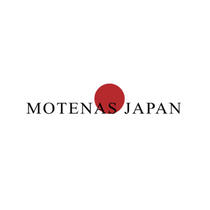
We are working day and night to spread Japan’s unique hospitality culture to people around the world. Please feel free to contact us for any inquiries regarding the reception and hospitality of guests visiting Japan.


